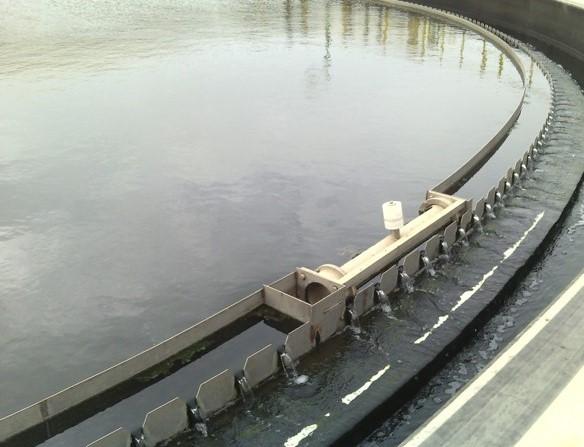Sanitary Waste water Treatment Plants India Inventory and Future Need
The Central Pollution Control Board’s (CPCB) assessment report for march 2021 “National Inventory of Sewage Treatment Plants” published recently paves the way for future developments of sanitary treatment in India (Urban and Rural). It reveals summary of four decades of scenario of urban and rural population growth. Parameters such as rapid urbanization, challenges before urban planners / local governments, population and economic development opportunities are few of them. Overall, it describes management of waste water from urbanization but rural and class II towns need more clarifications as a policy guideline.
As it mentions the sewerage network and treatment facilities infrastructure could not be created with the pace of population and huge gap is seen across the states. The untreated and partially treated discharge of sewage is causing damage to environment including surface and ground water sources. This calls for alert on ‘Public Health’ issues as well.
The CPCB with the help of ‘State pollution Control board’ and pollution control committees and local bodies carries out assessment periodically, (1978-79, 2015,2021). This exercise involves information collection from stake holders regarding -
• Water supply
• Sewage generation
• Treatment Capacity.
Population is the very basic dominant and independent factor as it mentions for estimation of volume of sewage-
• Size of sewer network
• Capacity of Sewage treatment.
The census data of years 1971, 1981, 1991,2001 were used for estimation during past forty years domestic waste generation. The year 1981 census saw a huge surge in Urban population increase, whereas 2001 and 2011 this rate of increase stabilized and descended in 2021, lowest incremental rate since 1971.
The sanitary water treatment plants as an asset are a matter of state ownership and central government is providing guidelines for the inlet and outlet quality through its entity CPHEEO, the overall compliance to specifications however seems very low at 18% in assessment year 2020 is surely a cause of concern. This aspect although mentioned very much transparently could be taken up by asset owner as a challenge to enhance it objectively to make its treated water reusable. This will benefit them undoubtedly to become sustainable.
As per the report, the present inventory of 1631 STPs (including proposed and under construction) as of June 2020 assessment, serves approximately 35.91% of the total population. The need for more such assets to be created is of similar capacity (equivalent to that of 1631 plants and sewage network in terms of volume just for comparison). However, the remaining populations to be connected to treatment facility may be not necessarily in urban areas. The rural areas will be scattered and dispersed; hence the mere number of plants may have smaller capacities and large in numbers with varied configuration and technology compared to its urban scenario.
The existing asset inventory of STPs a gives a data base with varied technology and its applicability proven on varied aspects for decision makers, the digital technology of the date may be an advantage as tool to be used to enhance the speed to overcome the gap of Infrastructure, and challenges posed by 1981 situation. To do that may necessitate a new holistic approach and strategy such as one used in “White revolution or Operation Flood for Milk and “Swachh Bharat Abhi Yan”. After all surface water constitutes only 0.02% of the global inventory, distributed between rivers, lakes, wetlands, soils, and the biosphere. Hence, polluting surface water with untreated sewage is not at all affordable option and experiments of tracking virus were proven during Covid-19 pandemic for its presence in sanitary waste water.


